Cinque Terre, Salty Beards, and Jellyfish
Despite its amazing potential to be the name of a low-budget Kung Fu movie, turns out Cinque Terre is just 5 gorgeous towns along the coast of the clear, blue Tyrrhenian sea with delicious and copious amounts of seafood. Total. Bummer.
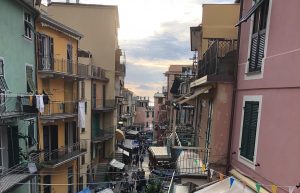
Nevertheless, Cinque Terre this past weekend was utterly stunning. In an unofficial poll I took of my friends who went with me, we all gave it a thumbs-up which is as official a promotion seven college students can give a place. The weather was perfect with a ton of sun when we went out on the boat and enough clouds on the other days to give the appearance of a stormy day at sea without it actually being a stormy day at sea. In true sea fashion, our Air BNB was a boat in the La Spezia harbor where we watched sunrises over coffee, waved to many tourists going on boat tours, and watched a man in yellow pants non-stop dance in front of his boat. In short, it was all I could ask for.

To elaborate, we spent the first day out on our boat going around the coast of Cinque Terre and the second day wandering through the five lands. During our boat ride, our captain Piedro told us about the history of the place while taking us to hidden waterfalls and offering us fresh pesto pizza and rice cakes. Mixed with a little bit of cheap prosecco and I felt like I was living the high life. I even was lucky enough to get a ton of salt in my beard from swimming. Each one of us on the trip agreed that we had not done something so relaxing in a long time.

The next day was my personal favorite and most anticipated: a journey through Cinque Terre. We started by heading out to the furthest town, Monterosso, where we climbed rocks and faraglioni, chowed on some streetza (my term for “street pizza”), and walked along the beach. From there, we continued to Vernazza where we had some gelato, found a cave of rock towers, and met some French people who very kindly let us pet their dog. We then found ourselves in the high and hidden town of Corniglia whose tall alleys and views hidden under leaves gave us an entirely different experience. Next, we arrived at Manarola in the late afternoon as the sky was beginning to turn golden and the buildings colors began to shine. Finally, we ended in Riomaggiore to watch the sunset on the rocks and eat some delicious seafood.
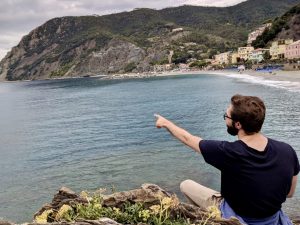

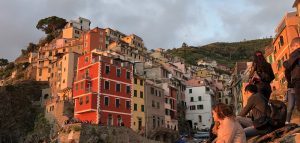
The real highlight of the trip, however, was when we returned to Manarola the next day to swim and relax before returning to Rome. The morning began warm and sunny, but by the time we reached Manarola, the sky had turned gray and a slight drizzle was falling. We were not about to let a little bit of rain ruin our plans, however. To the surprise of a fair number of other tourists, we jumped off the rocks into the cold water as the rain fell from above. Shortly thereafter, the clouds began to part and the midday sun shone again on the colorful buildings of Manarola. Although our swim was unfortunately interrupted by a few rude jellyfish who decided to sting one of my friends, the day made up for it with some fried calamari and tons of laughter on the rocky port of Manarola.

When I woke up this morning after the trip, I began to realize how surreal all of it now seems. It was literally yesterday, but Cinque Terre was so beautiful and so relaxing that it feels worlds away from the return to schoolwork. And yet, I can’t get the way the sun hit the buildings at sunset or the jokes made with my friends or the way the lemony calamari tasted on my salt-covered lips. I wish I could return to the oasis, but I had some great moments to remember years from now and that’s pretty much the same thing.
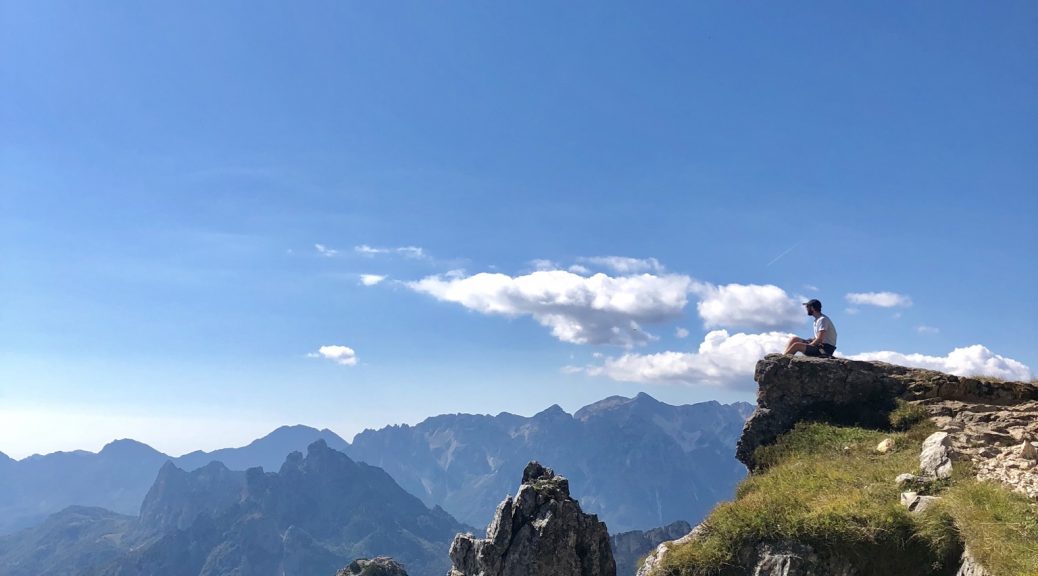

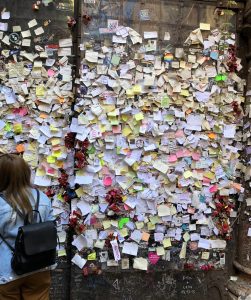
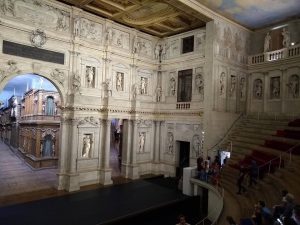

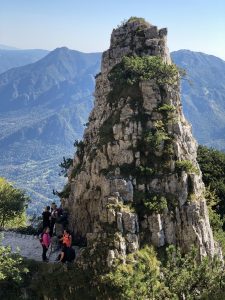


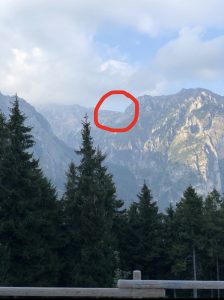
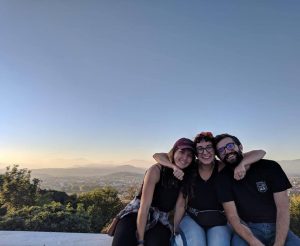

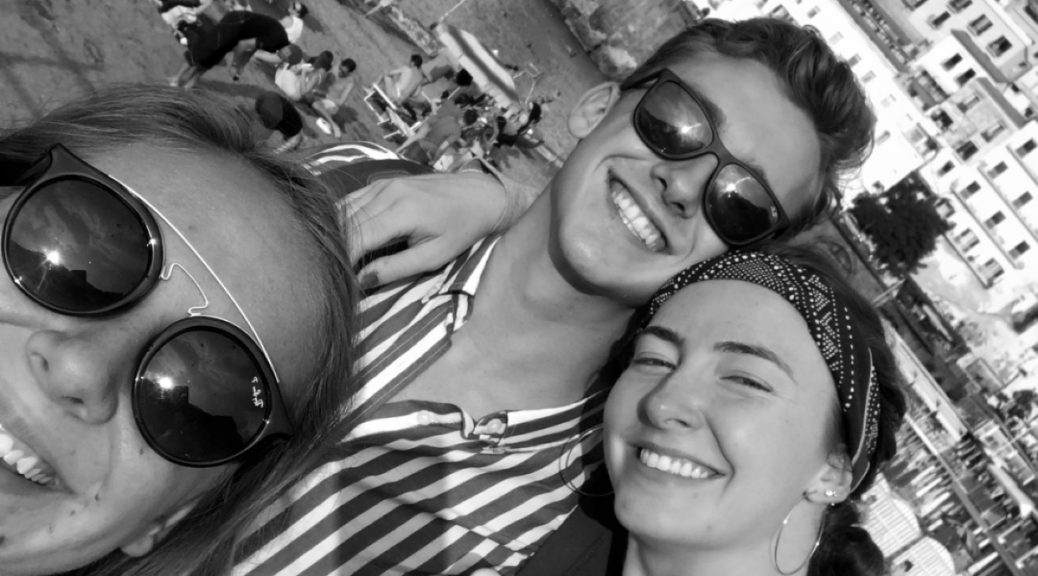






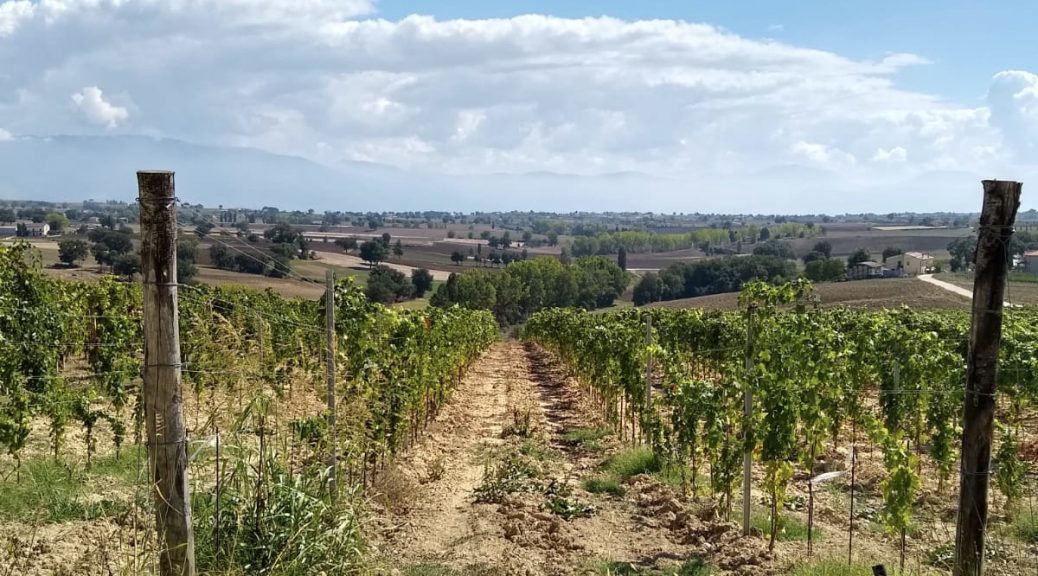
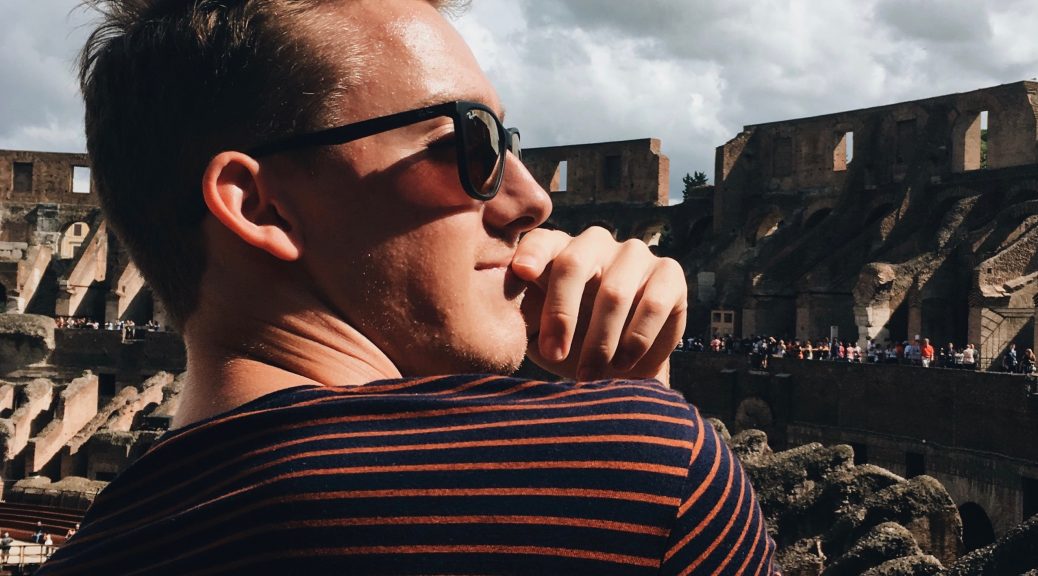
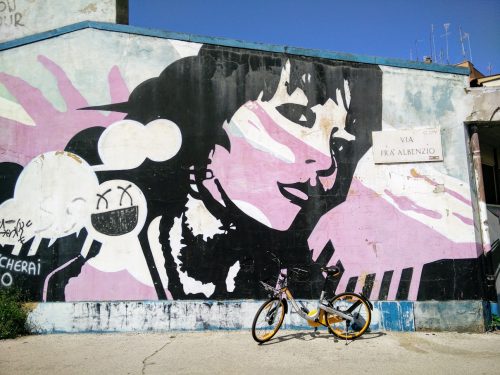


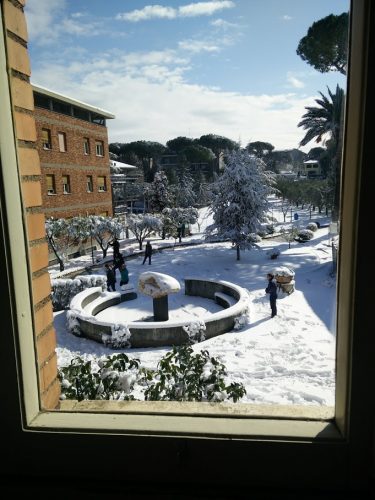


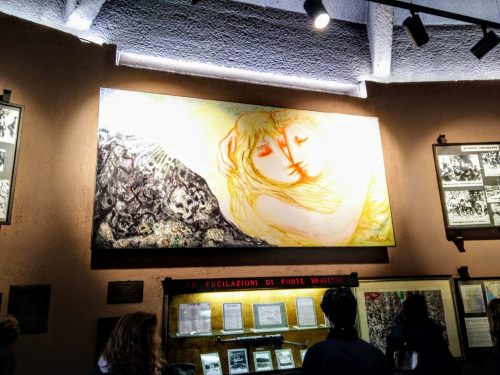
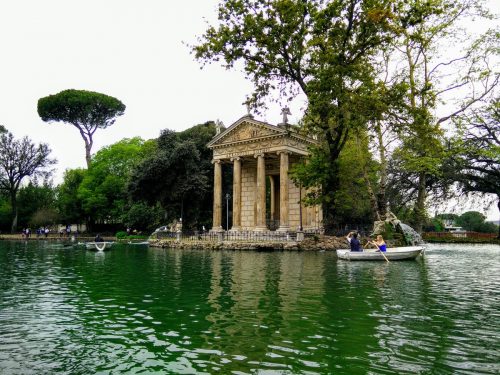

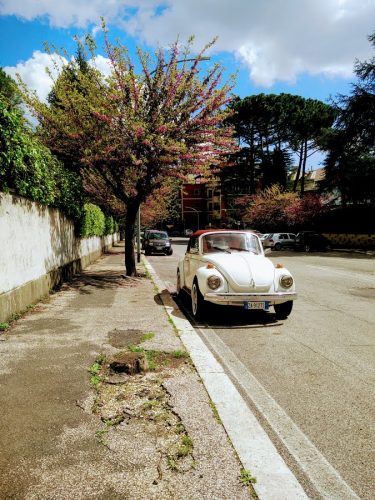

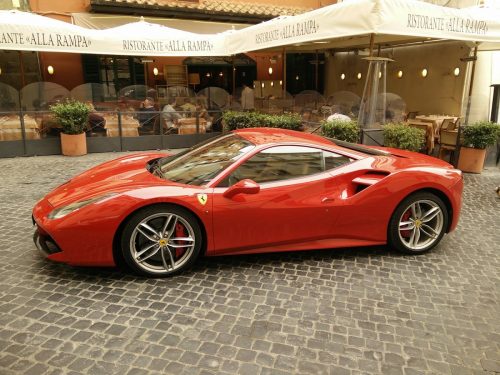
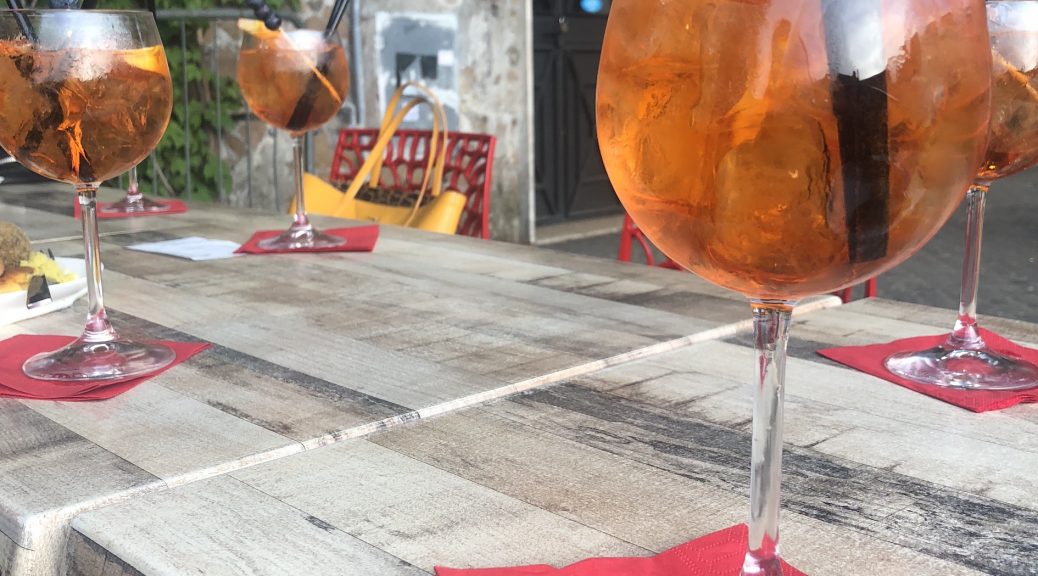
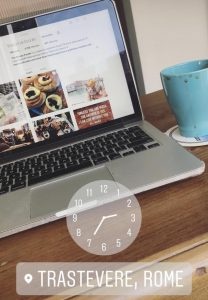
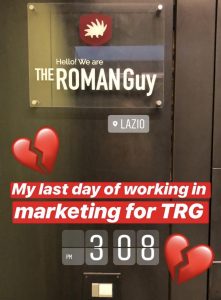
 accounts which is awesome! Although I didn’t reach my goal of 4,000 followers on Instagram, I have brought Facebook engagement to a record high. I had no idea I was actually doing well because I wasn’t sure of myself throughout the course of the internship considering I’d never worked in Marketing before. I was really shocked because it kind of felt like I was drowning a bit, but I pulled through.
accounts which is awesome! Although I didn’t reach my goal of 4,000 followers on Instagram, I have brought Facebook engagement to a record high. I had no idea I was actually doing well because I wasn’t sure of myself throughout the course of the internship considering I’d never worked in Marketing before. I was really shocked because it kind of felt like I was drowning a bit, but I pulled through.